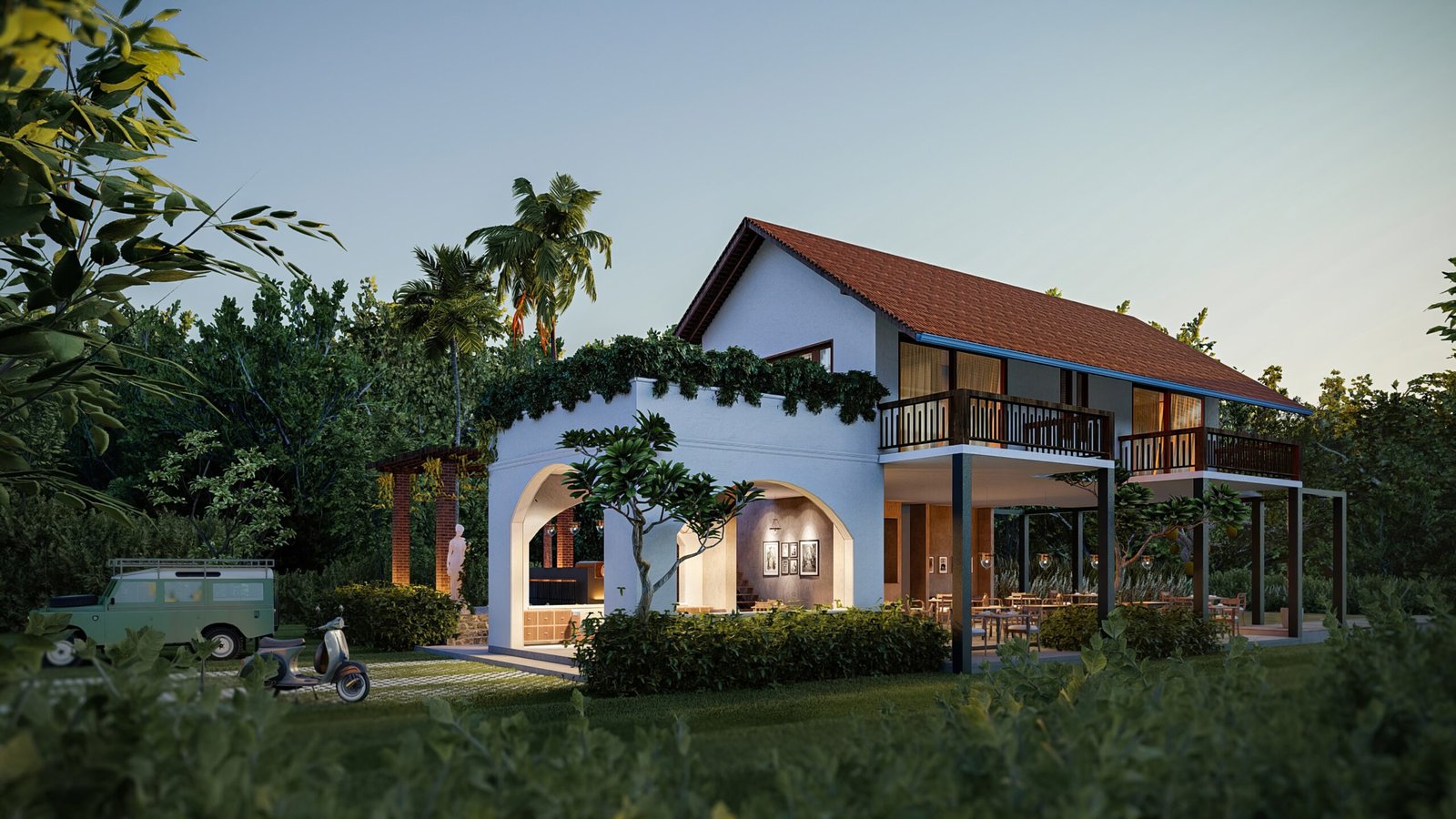In today’s world, where sustainability and environmental consciousness are becoming increasingly important, architects and designers are seeking inspiration from nature to create buildings that not only blend seamlessly with their surroundings but also contribute positively to the environment. These buildings, often referred to as “biophilic” or “building inspired by nature,” aim to establish a harmonious relationship between the built environment and the natural world. Let’s explore what it means for a building to be inspired by nature and the significance of this relationship.
A building inspired by nature takes cues from the natural world in its design, materials, and functionality. It incorporates elements such as natural light, ventilation, green spaces, and sustainable materials to mimic the benefits and aesthetics found in nature. By doing so, these buildings offer a range of advantages for both the occupants and the environment.
One of the key aspects of a building inspired by nature is the integration of natural light. Large windows, skylights, and light wells are strategically placed to maximize the entry of sunlight into the building. This not only reduces the need for artificial lighting during the day but also creates a warm and inviting atmosphere. Studies have shown that exposure to natural light can improve productivity, mood, and overall well-being.
Ventilation is another crucial element in these buildings. By incorporating natural ventilation systems, such as operable windows and atriums, the reliance on mechanical cooling and heating systems can be minimized. This not only reduces energy consumption but also improves indoor air quality, creating a healthier and more comfortable environment for the occupants.
Green spaces, both inside and outside the building, play a significant role in creating a connection with nature. Rooftop gardens, vertical gardens, and courtyards not only provide visual appeal but also contribute to reducing the urban heat island effect and improving air quality. These green spaces also offer opportunities for relaxation, social interaction, and even food production in urban areas where space is limited.
Sustainable materials are another essential component of a building inspired by nature. By using renewable resources, recycled materials, and environmentally friendly construction techniques, these buildings minimize their carbon footprint and contribute to a more sustainable future. From bamboo flooring to reclaimed wood, these materials not only add a touch of natural beauty but also promote responsible resource management.
The relationship between a building and nature goes beyond the physical aspects. It is also about creating a sense of connection and respect for the environment. Buildings inspired by nature often seek to educate and raise awareness about sustainable practices. They may incorporate educational displays, signage, or even host workshops to promote eco-consciousness among the occupants and visitors.
Furthermore, these buildings can act as catalysts for change within their communities. By showcasing the benefits of sustainable design and construction, they inspire others to follow suit and embrace environmentally friendly practices. This ripple effect can lead to a more significant impact on the environment, as more buildings adopt nature-inspired principles.
In conclusion, a building inspired by nature is much more than just an architectural concept. It represents a deep understanding of the relationship between the built environment and the natural world. By incorporating elements such as natural light, ventilation, green spaces, and sustainable materials, these buildings create a harmonious and beneficial connection with nature. They not only provide a healthier and more comfortable living and working environment but also contribute to a more sustainable future. As we continue to prioritize sustainability, the concept of building inspired by nature will undoubtedly play a vital role in shaping our built environment for years to come.
